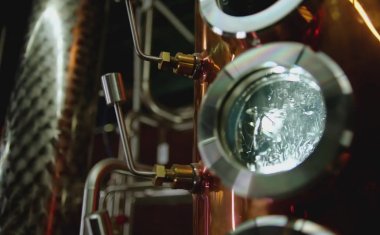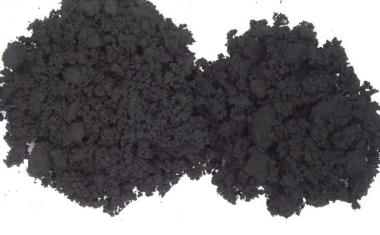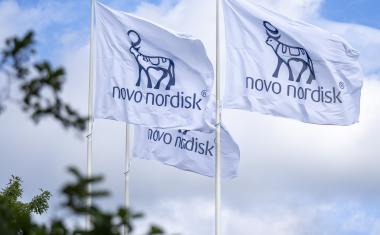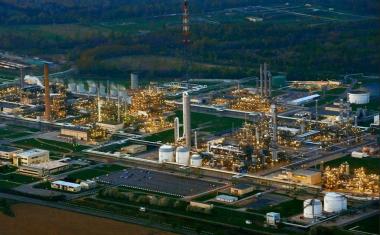Takeda Plans New Plant for Plasma-derived Therapies
Japanese drugmaker Takeda plans to invest about $765 million to build a new manufacturing facility in Osaka for plasma-derived therapies (PDTs). The company said the sum is the largest-ever investment to expand capacity in Japan and the plant will also be the biggest of its kind in the country.
The project will increase Takeda’s plasma manufacturing almost five-fold. The new plant will have capabilities for teardown, fractionation, purification, filling and finishing, and will also include a warehouse for cold storage. It is expected to be operational by around 2030.
“Japan will play an even more critical role in our global manufacturing network, contributing to supply chain resilience globally. The new facility will provide a plasma fractionation capacity of more than 2 million liters per year,” said global manufacturing & supply officer Thomas Wozniewski.
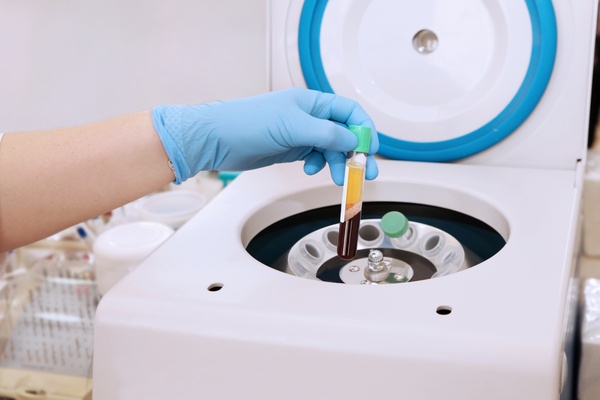
The Osaka-based group plans to register up to five global products and new indications in Japan over the next five years as it expects patient need for PDTs to continue rising. PDTs are used to treat a variety of conditions, including rare and complex chronic immunodeficiency diseases.
The company added that its existing plasma manufacturing site at Narita will continue day-to-day operations until at least the end of the decade, with continued necessary investments for maintenance.
Last month, Takeda completed its $4 billion purchase of Nimbus Lakshmi and its tyrosine kinase 2 (TYK2) inhibitor NDI-034858, which is undergoing trials for treating multiple autoimmune diseases, including psoriasis.
Author: Elaine Burridge, Freelance Journalist

